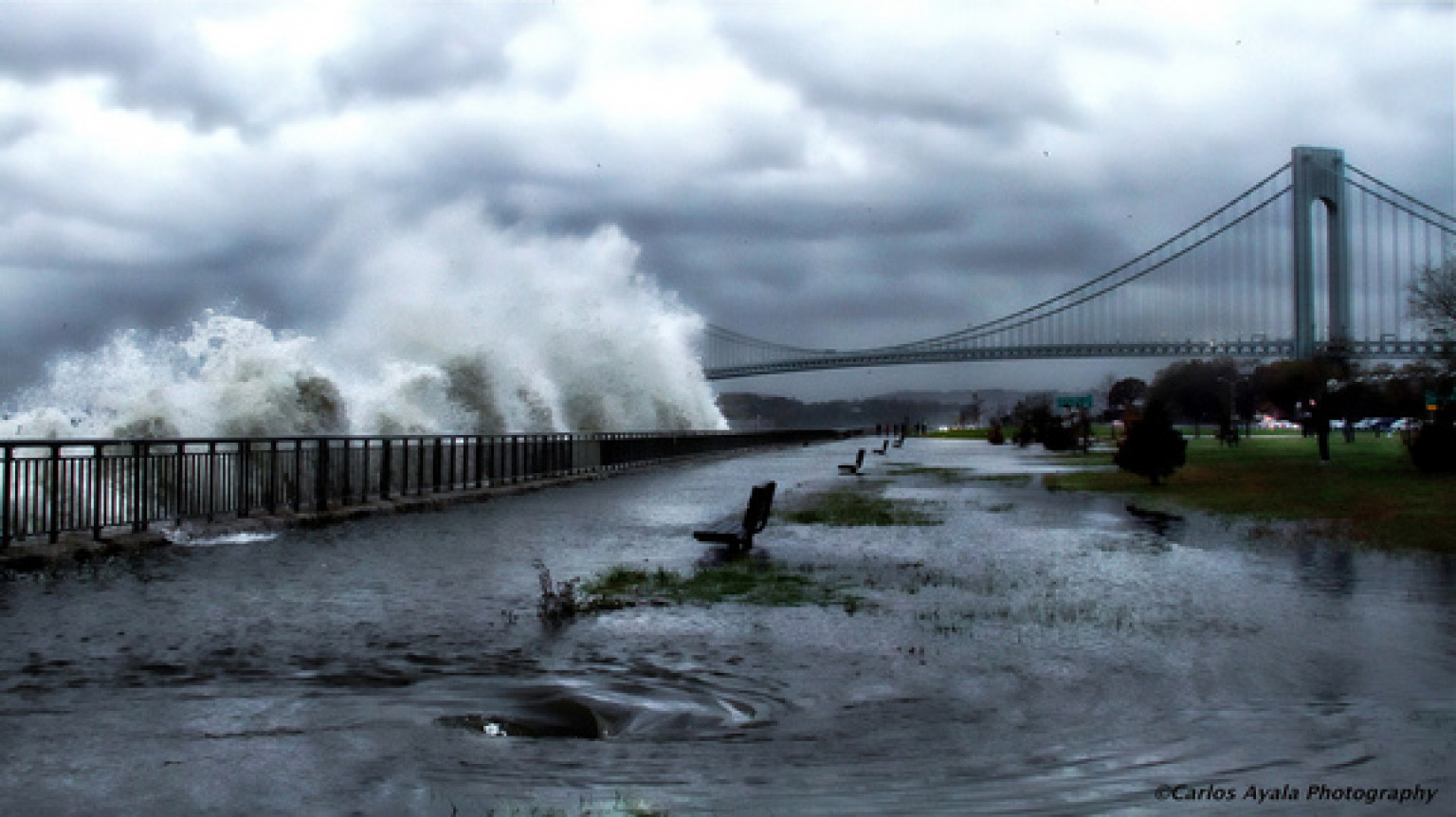Many of the possible effects that climate change poses have a temporal component to them: they will be realized and compounded over time. Thus, the actions and inactions of today’s generation will have significant effects on those that come afterwards. This compounding effect has a fair amount of consensus among environmental economists; however, there is not consensus on how much we should take those future effects into account during current decision-making processes for policies that might effect climate change. This disagreement revolves around the discount rate, defined by the National Oceanic and Atmospheric Administration (NOAA) as the “rate at which society as a whole is willing to trade off present for future benefits.” Because investment is inherently productive (that is to say, money is interest-bearing), resources on hand today are more valuable than resources available later; the difference in the values placed upon money today and in the future is where the disagreement lies.
Take, for example, a future benefit of $1000 to be accrued in ten years: how much would I need to put in the bank now in order to have that $1000 at the end of the decade? At a discount rate of 5%, it would be $613.90; at a discount rate of 8%, it would be lower, at $463.20. Thus, the higher discount rate signals that society is more focused on present benefits than future benefits.
Let’s look at this in the context of climate change. As a society, how much are we willing to spend now in order to protect the climate system from further “dangerous anthropogenic interference,” as is the UNFCCC’s stated objective, and to avoid future costs and damages? At a lower discount rate, we place a higher value upon the maintenance of the climate system and pay a higher premium now in order to protect future generations. At a higher discount rate, we place a higher value upon the current energy consumption patterns and are not willing to pay as high of a premium.
In Environmental Economics, my “wild-card” elective course for the Mosaic this semester, we discussed the argument that a near-zero discount rate is the most appropriate response to the effects of climate change. We need to take aggressive action now and invest as much in climate mitigation and adaptation as possible in order to stay below the 2 degree Celsius threshold put forward by the UNFCCC. If we do not do so, the costs borne upon future generations will be greater, as will the damages and level of disruption to our lifestyle that will occur from climatic change. A discount that is higher than zero or near-zero could jeopardize the 2 degree threshold, undercut the international negotiations of the UNFCCC, and threaten the generations that will come after us.


